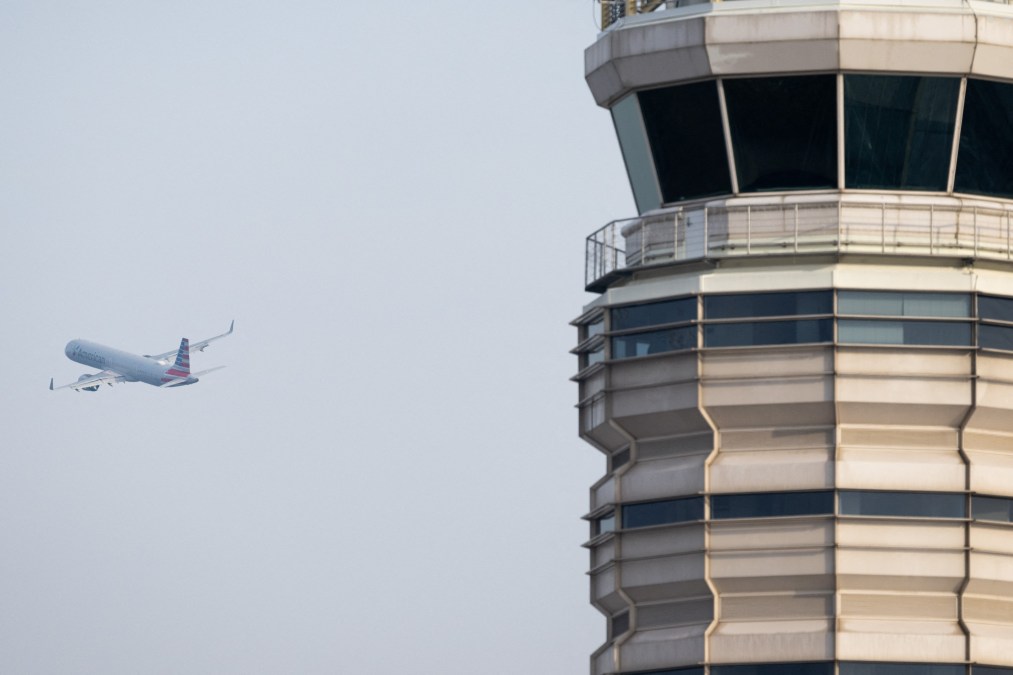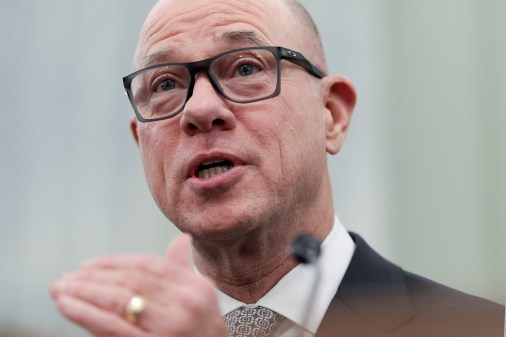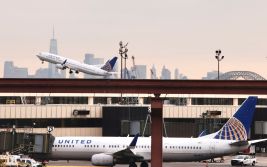FAA moves toward improving new air traffic control system

The Federal Aviation Administration has officially launched its search for an integrator to help fix the country’s crumbling air traffic control system, revealing in procurement documents last week that the contract winner will have three-and-half years to fix the myriad antiquated systems powering U.S. aviation management.
The overall plan is divided into two phases, according to documents released by the FAA. The first will focus on addressing “critical vulnerabilities” and updating aging equipment, while the second centers on building a new automation platform and several new air traffic facilities.
The latest move comes amid growing concerns about the FAA’s management of the national airspace. IT outages and tech platforms have brought software offline, wreaking havoc on flight schedules and raising further safety concerns about the state of the country’s aviation industry. At a House Transportation Committee hearing earlier this year, witnesses pointed out that in some places, the FAA is still using floppy disks and outdated data platforms.
Transportation Secretary Sean Duffy has since announced a plan to totally revamp the country’s air traffic control system. Earlier this year, the FAA hosted an industry day focused on the state of these systems that was attended by aerospace firms, such as Boeing, and companies including Palantir and L3Harris. The agency also released a request for information in June.
In its new request for solutions, the FAA said the integrator will start by fixing air traffic communication systems, including moving older communication networks to internet-based protocols. They’ll also be in charge of improving surveillance capabilities and moving several analog workflows to electronic platforms. The documents said the integrator should focus on partnering with the agency’s “highly skilled” labor force –– and stay on schedule.
“The Integrator’s role includes accountability for integration cost, schedule, and performance,” the request for solutions stated. “This is a deliberate effort to avoid instances where fragmented contracts lead to delays, avoidance of critical issues, finger-pointing, and lack of ownership. The Integrator must ensure compatibility, interoperability, and modernization across 74,000+ pieces of equipment and multiple legacy systems.”
Responses are due Sept. 21.
The FAA has been one of the slower agencies to adopt AI, but the agency is increasingly interested in the technology and appears to have purchased access to OpenAI systems. Still, the Trump administration has placed a heavy emphasis on centralizing technology systems used by the Transportation Department.
The FAA, and the Department of Transportation more broadly, may have their IT systems further intertwined. As FedScoop previously reported, Duffy recently announced the new 1DoT initiative, a plan to reduce the number of outdated technology platforms across the agency’s components, and the Transportation Department’s IT team is also in the early stages of a major reorganization.






